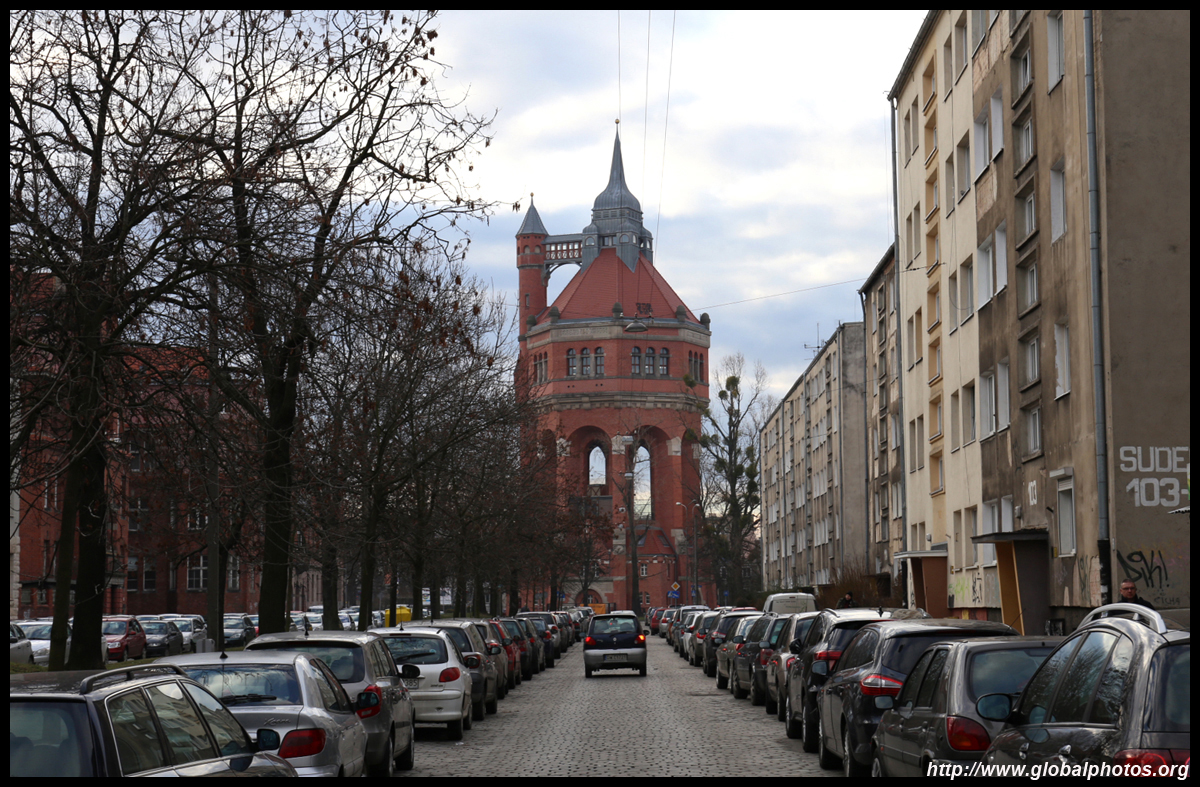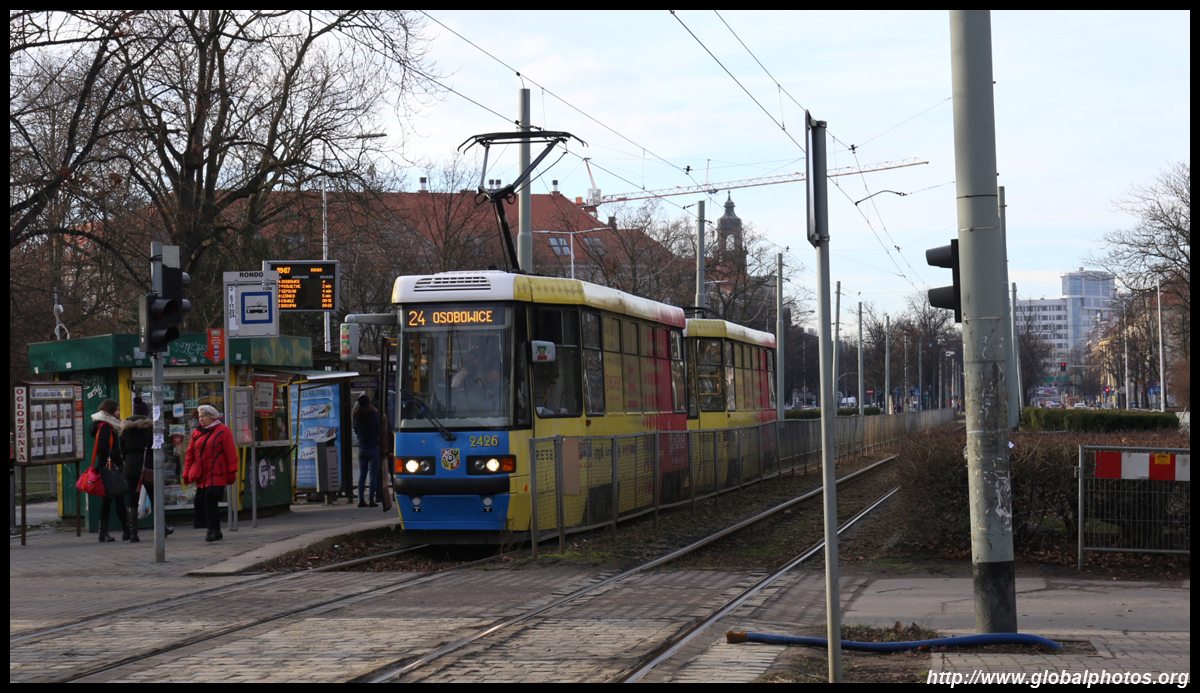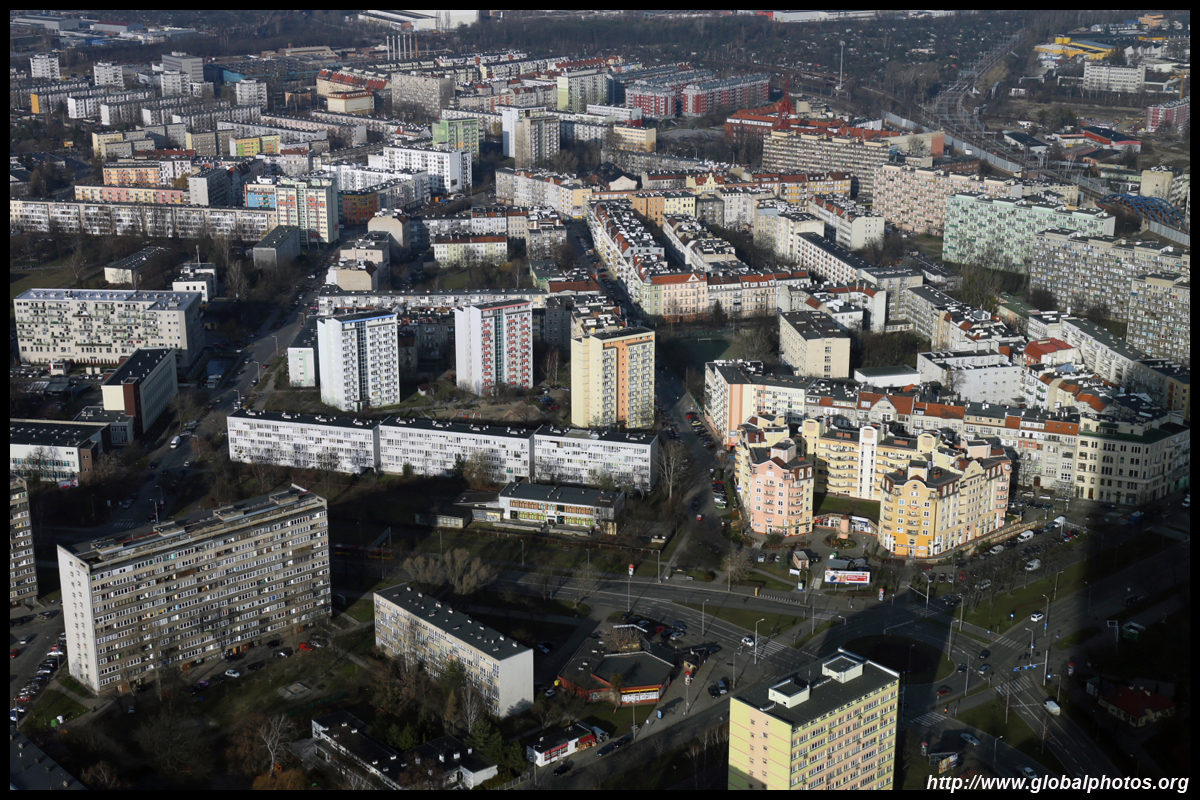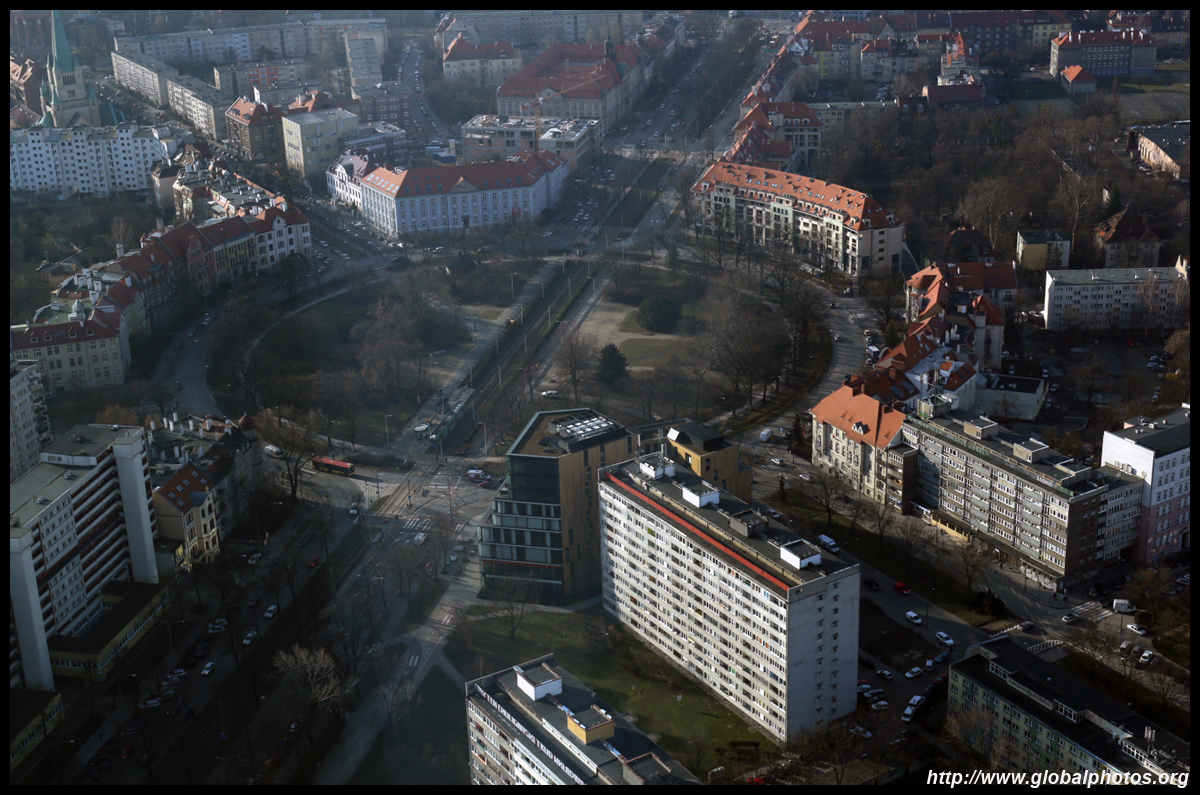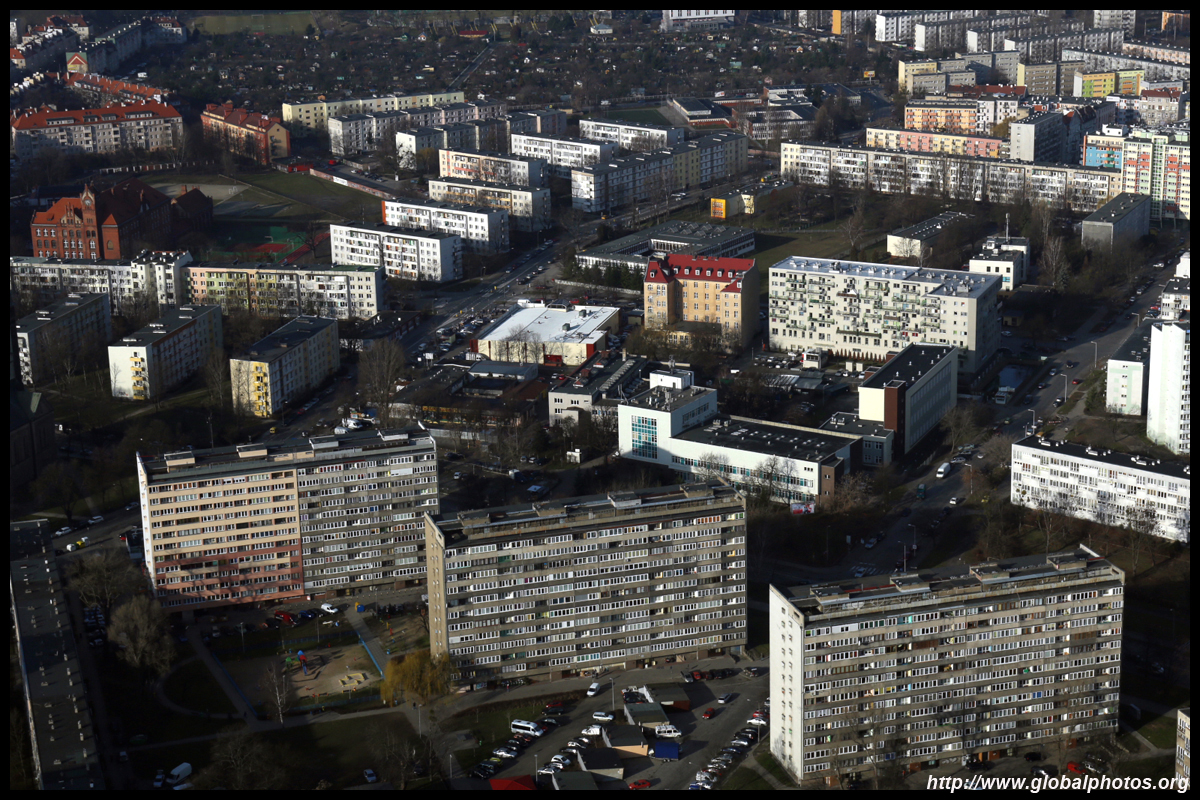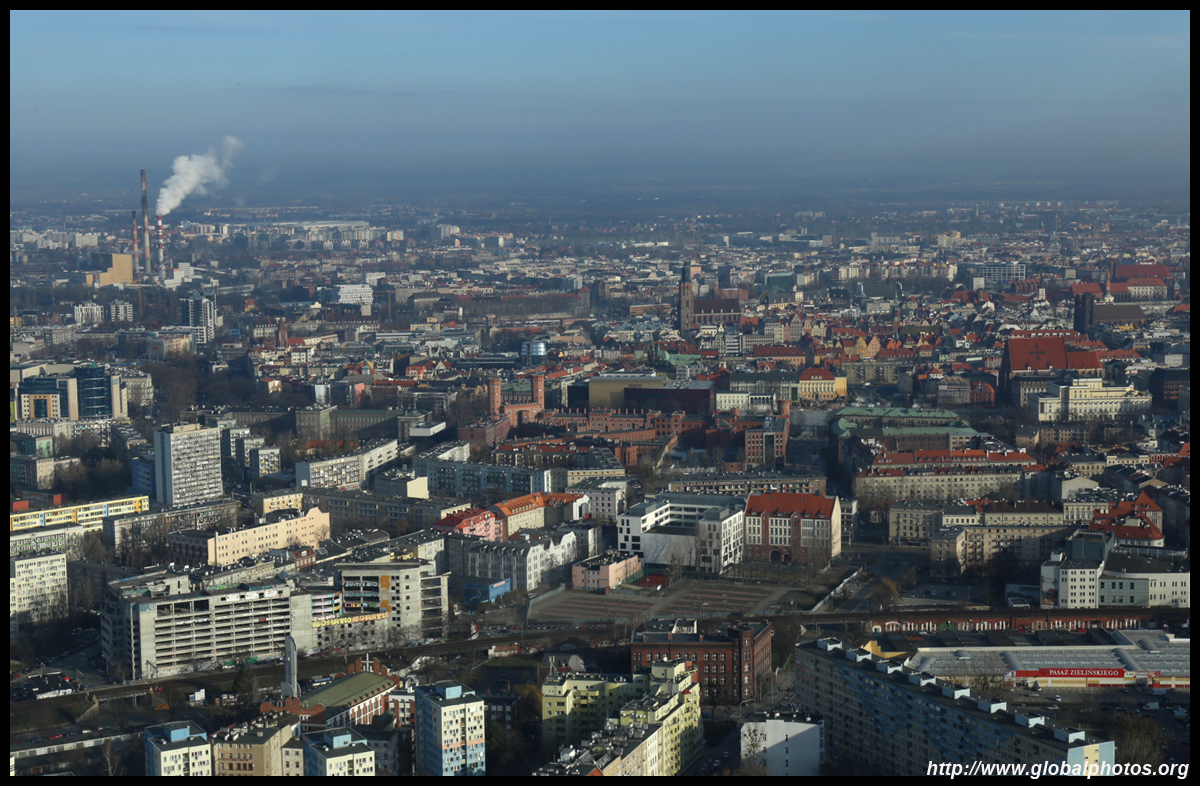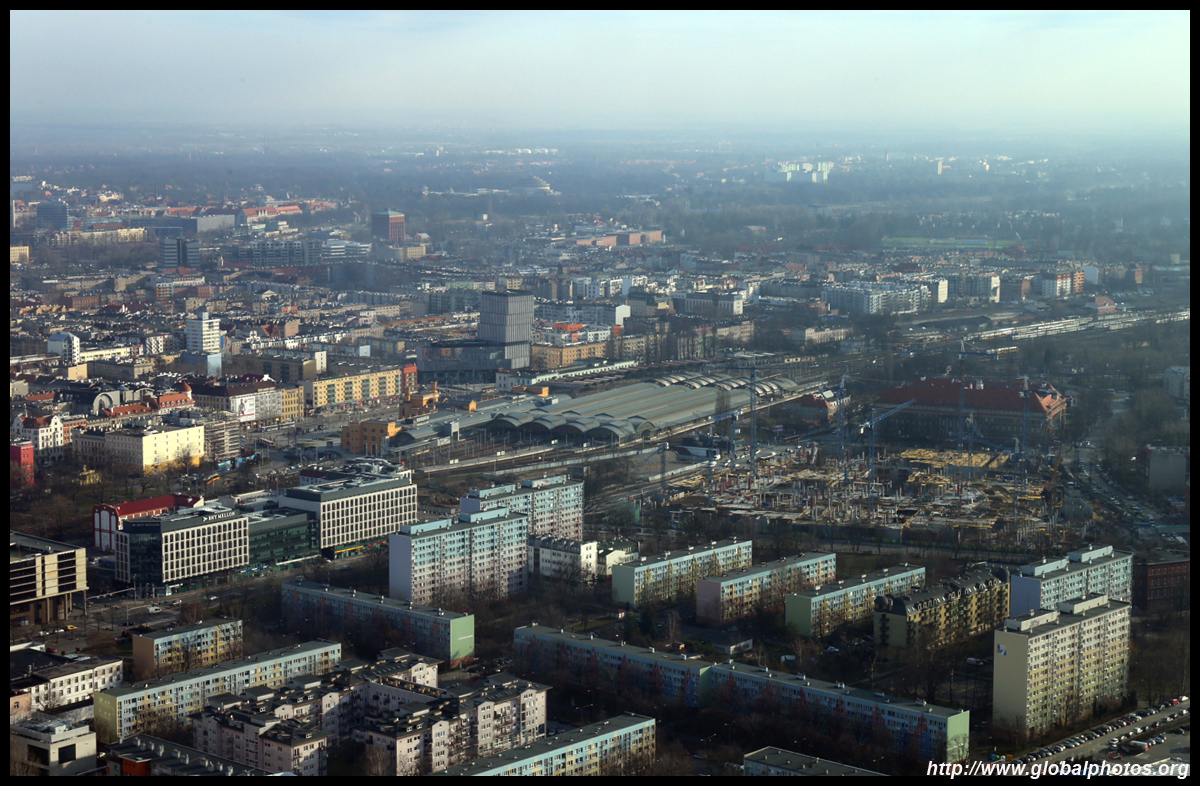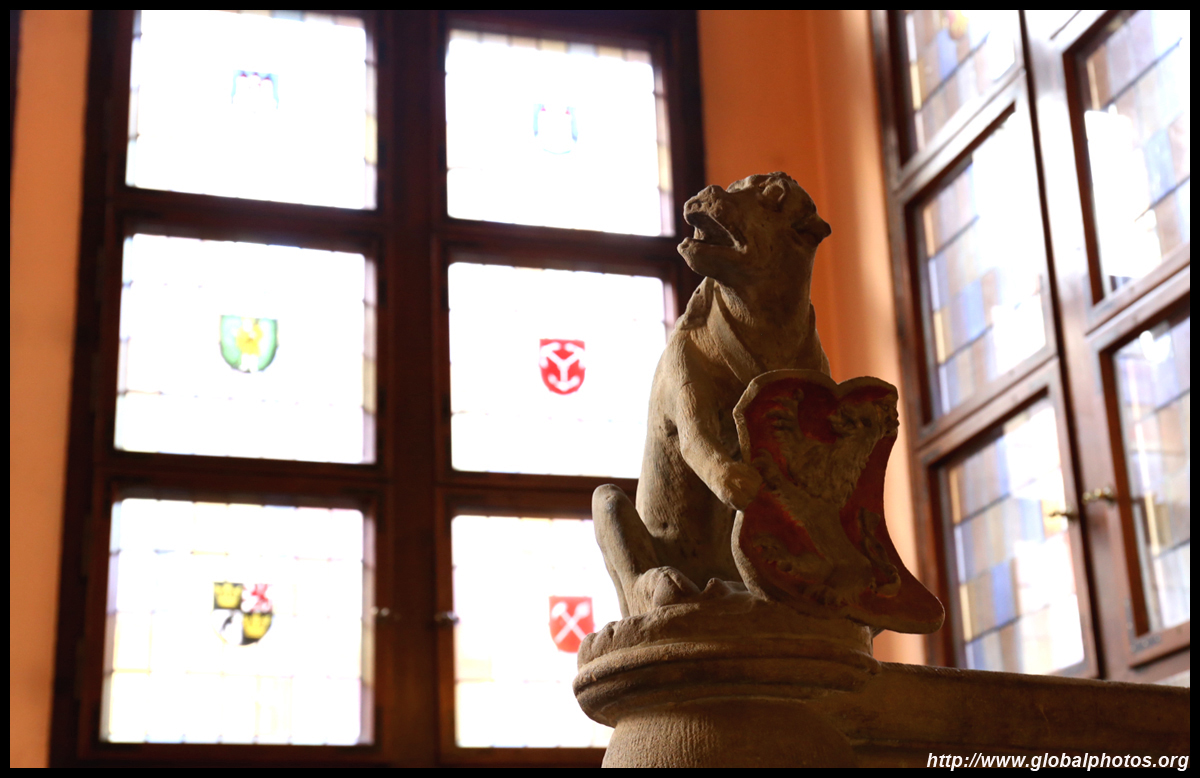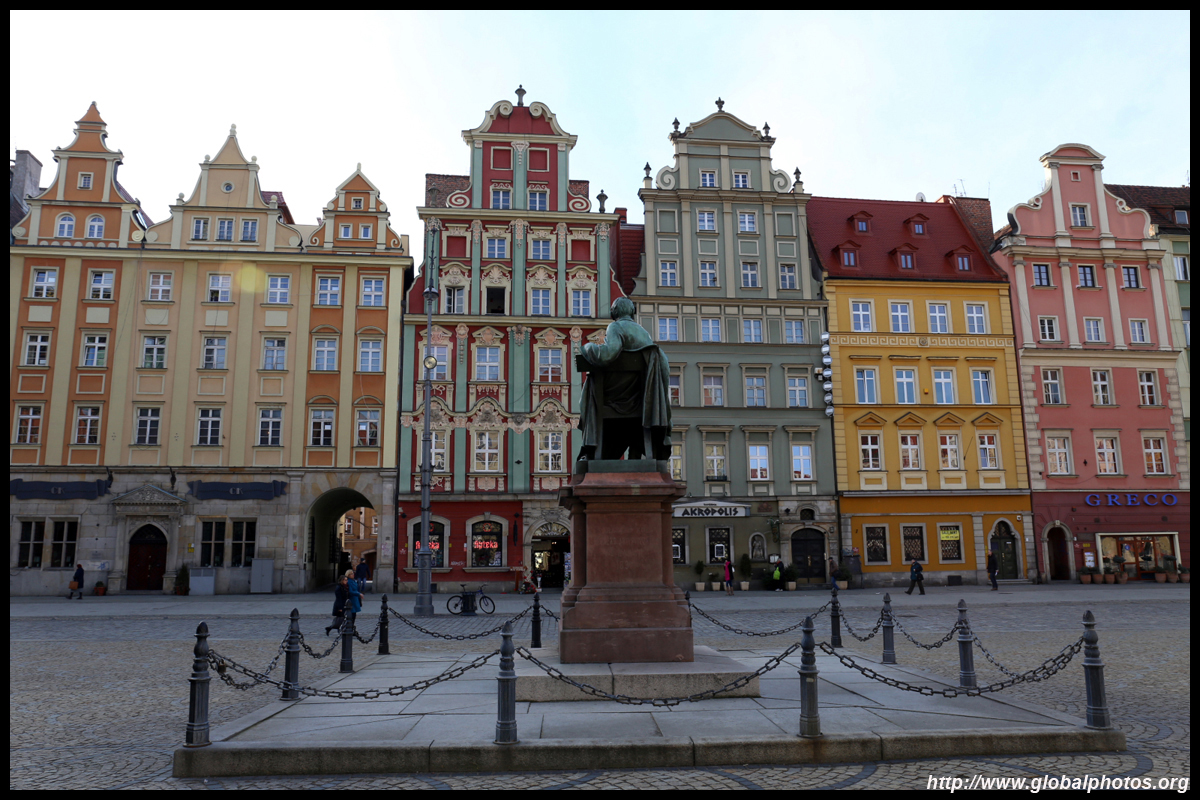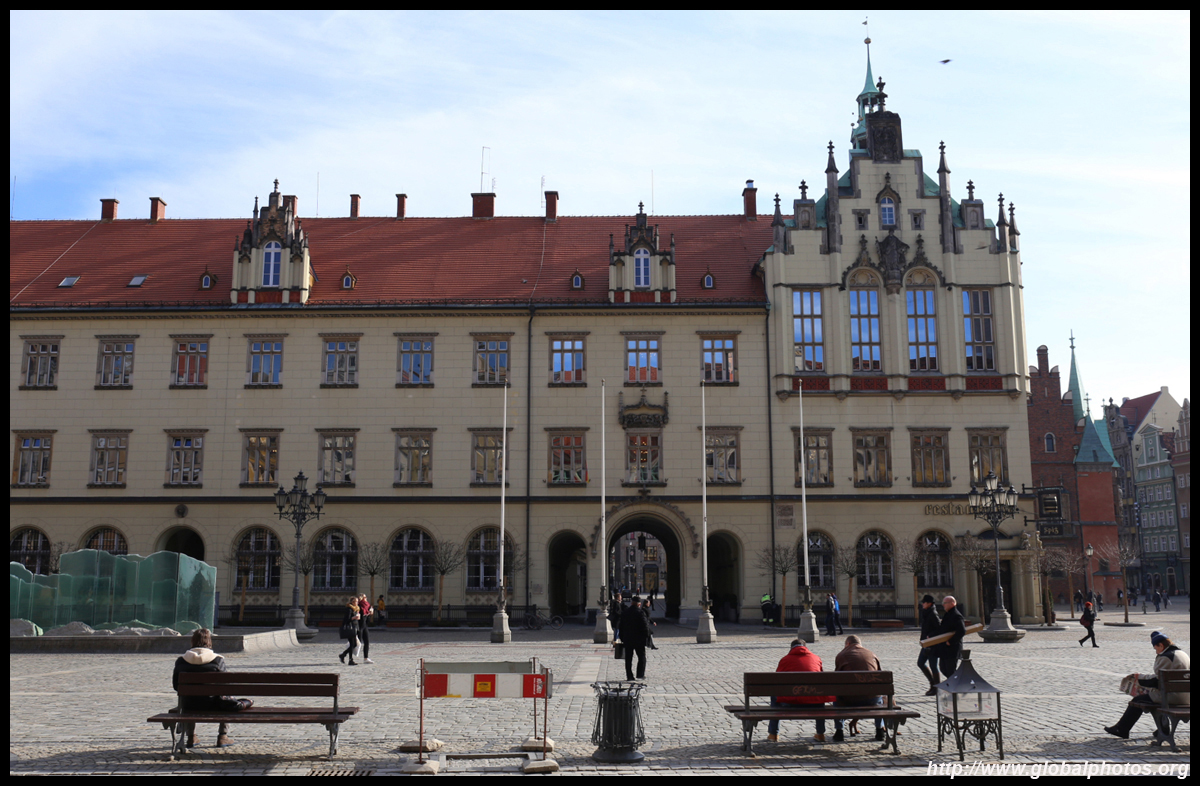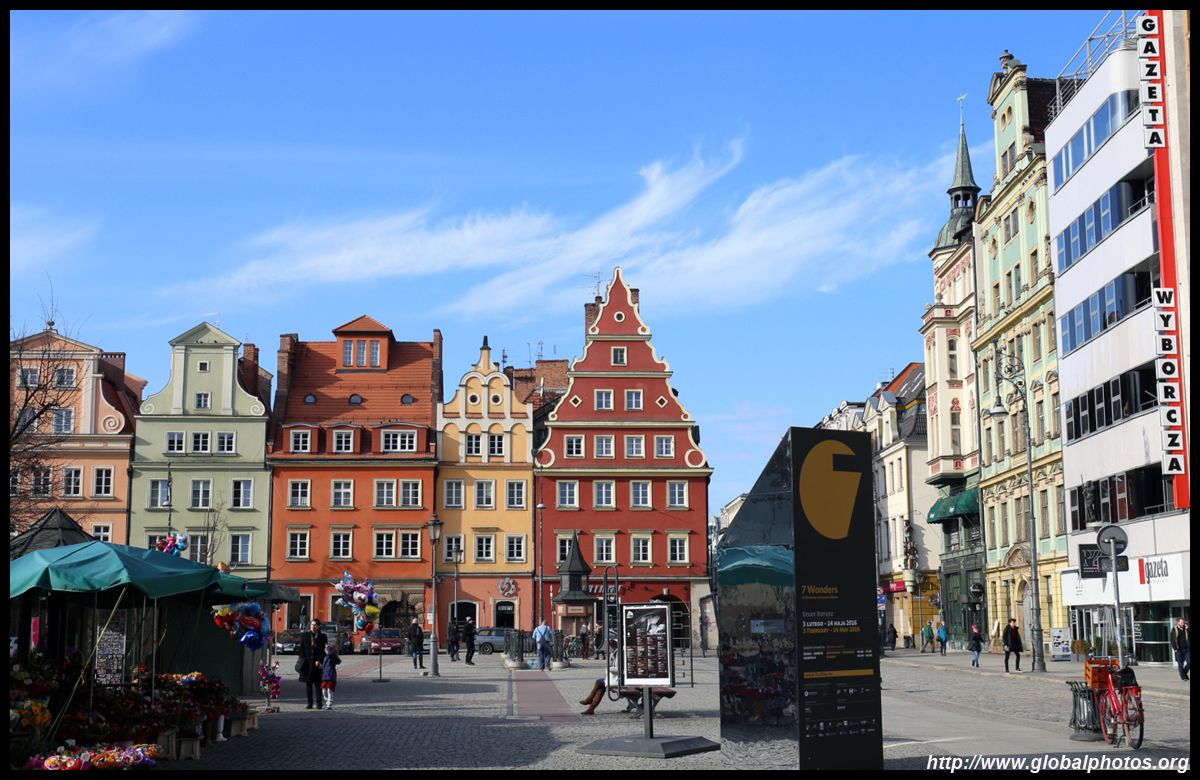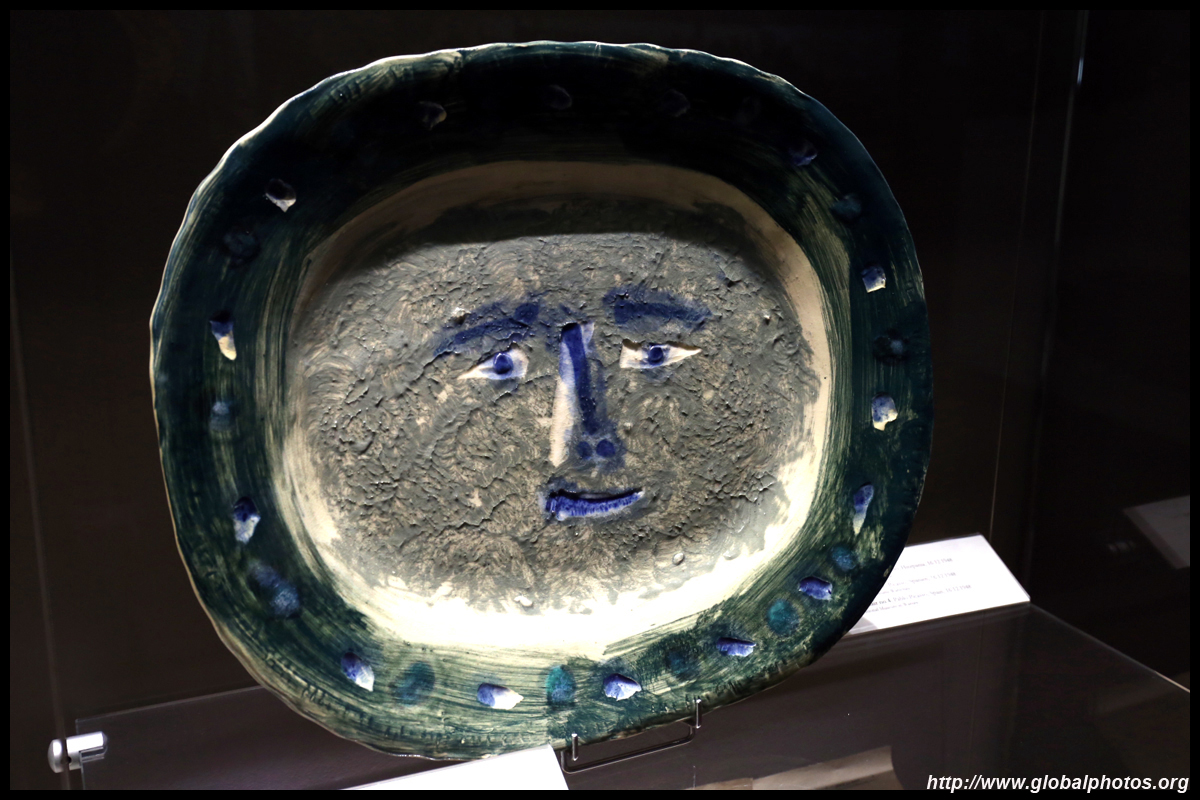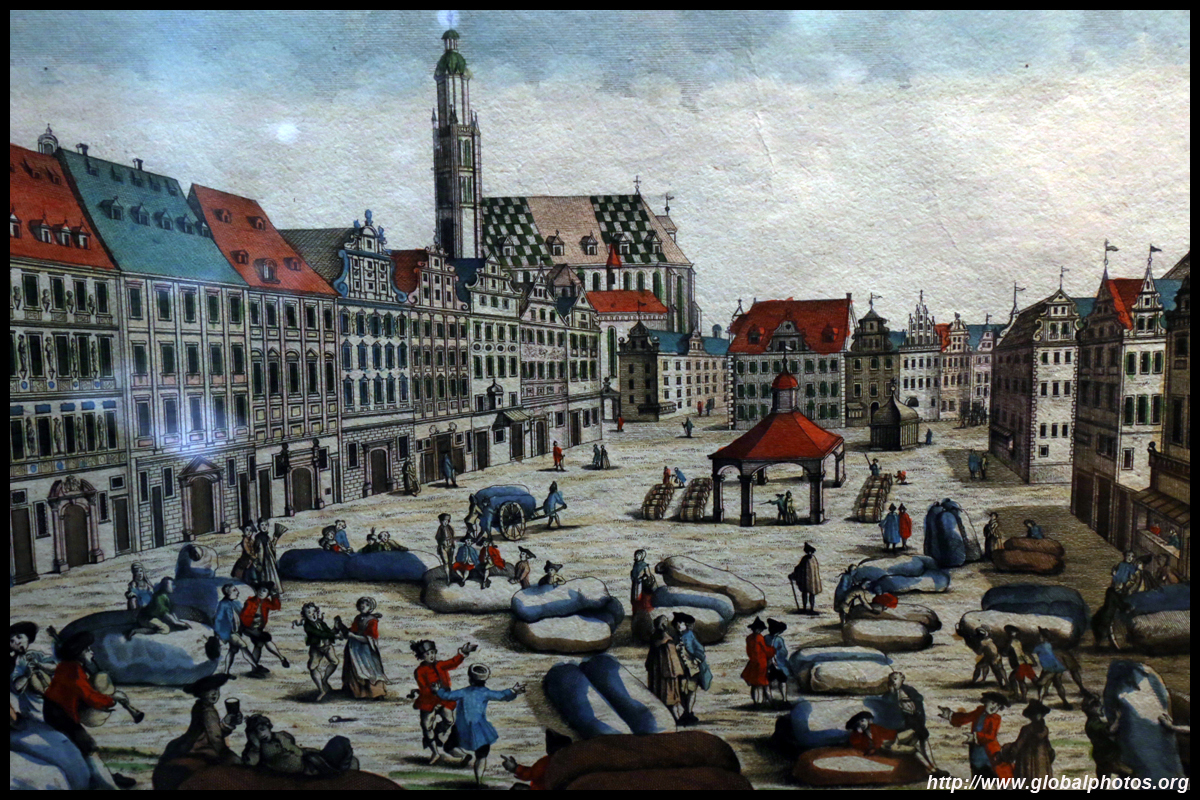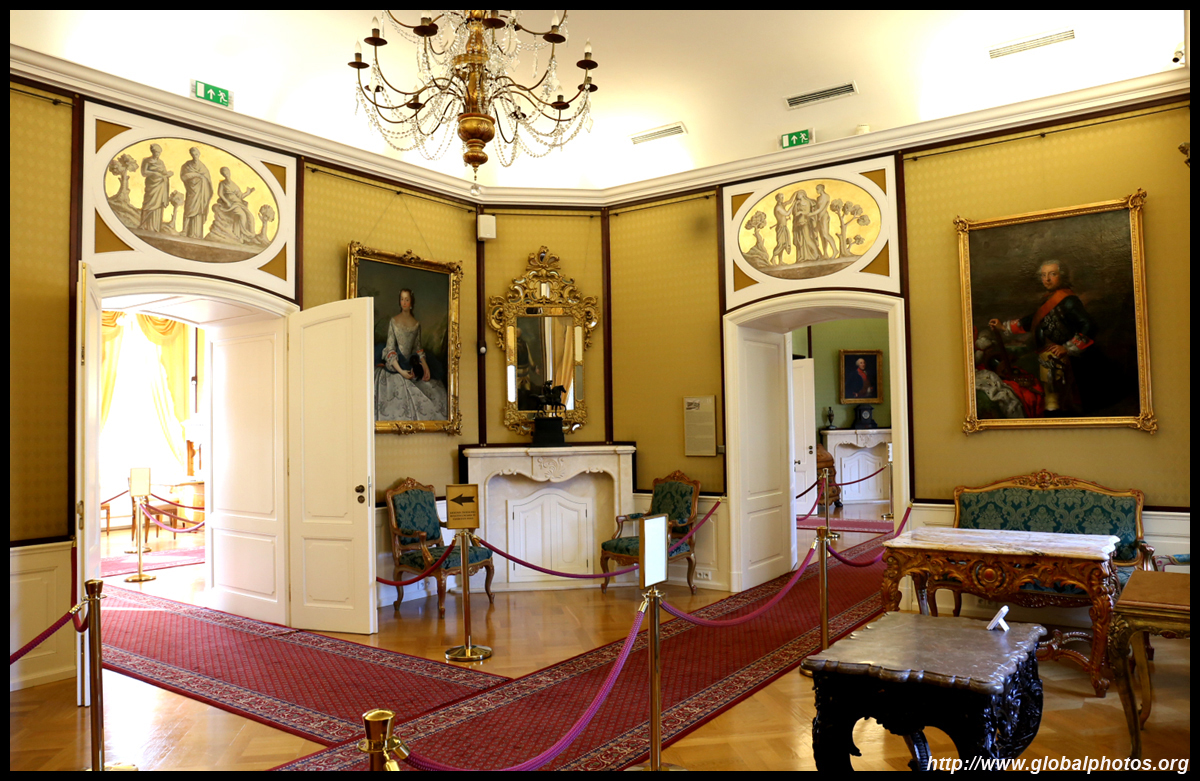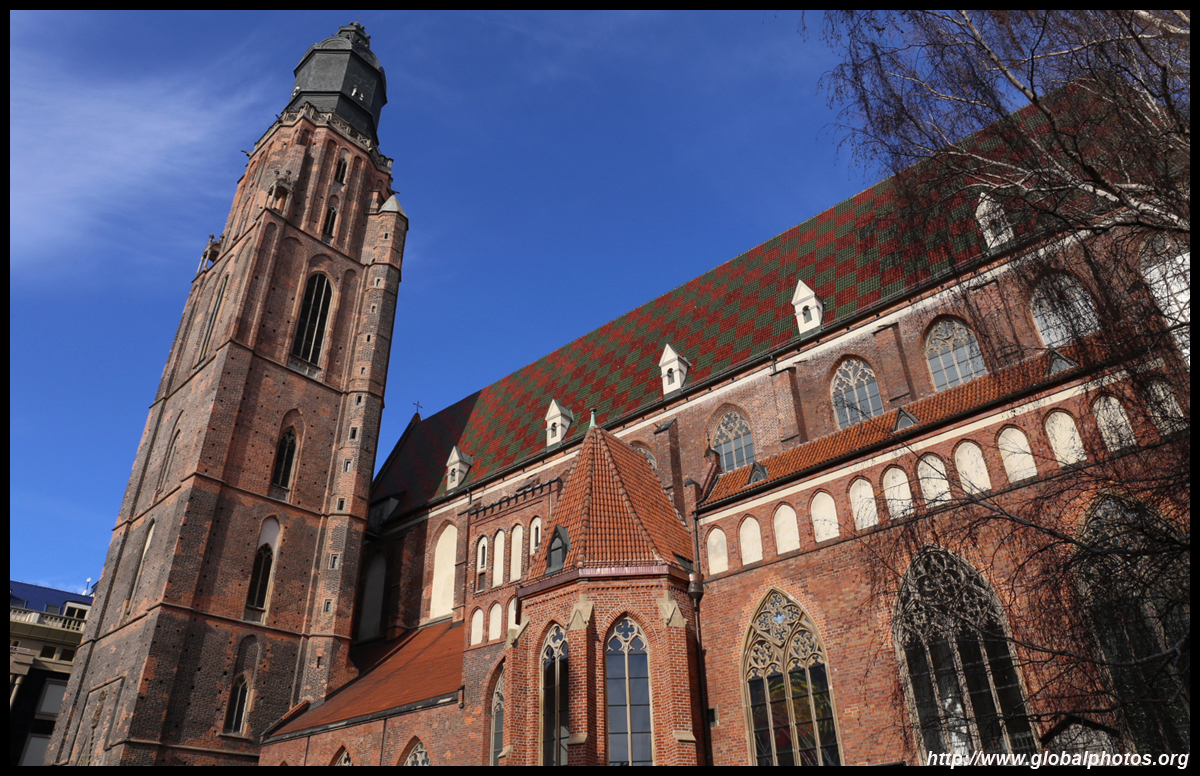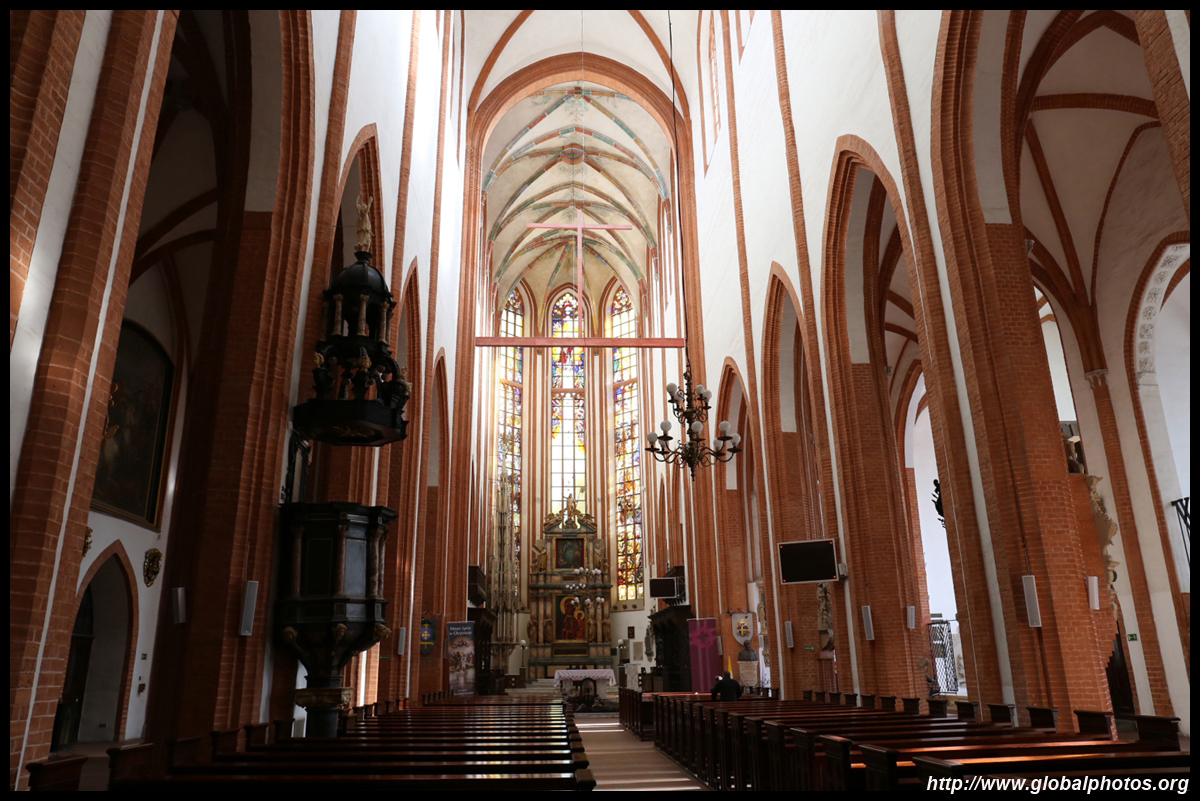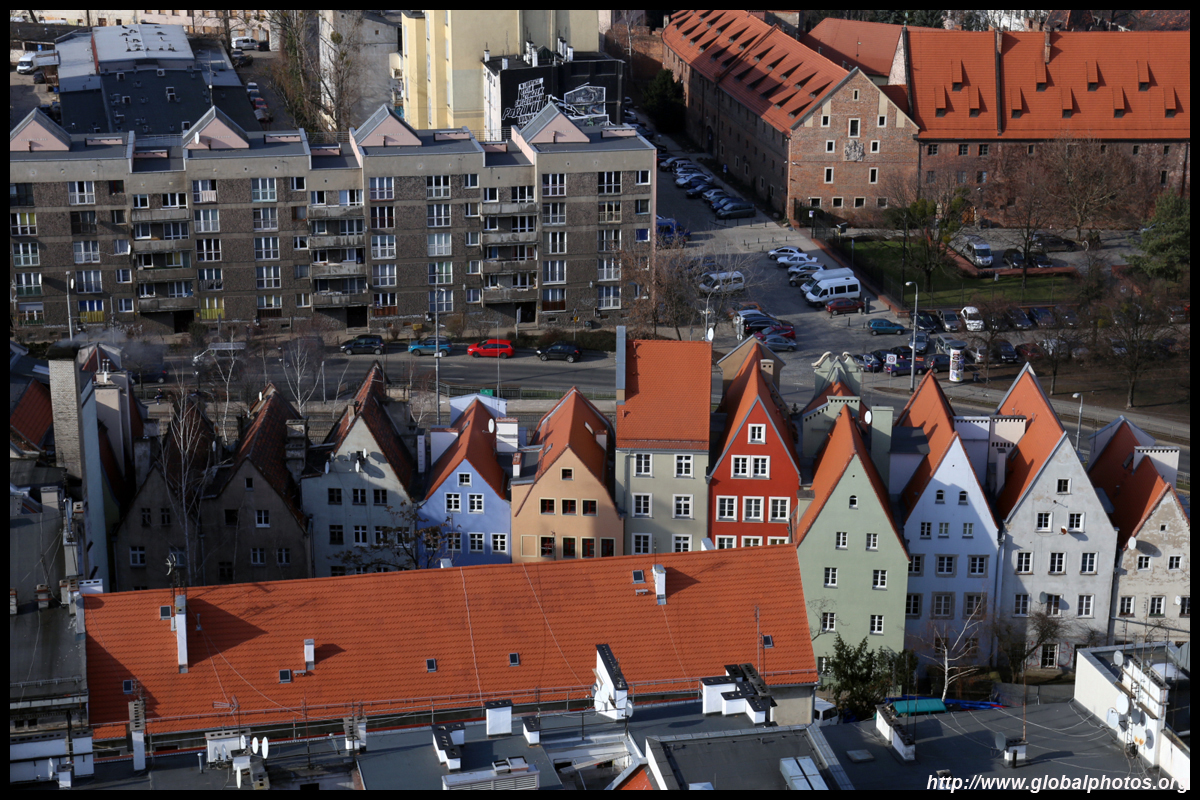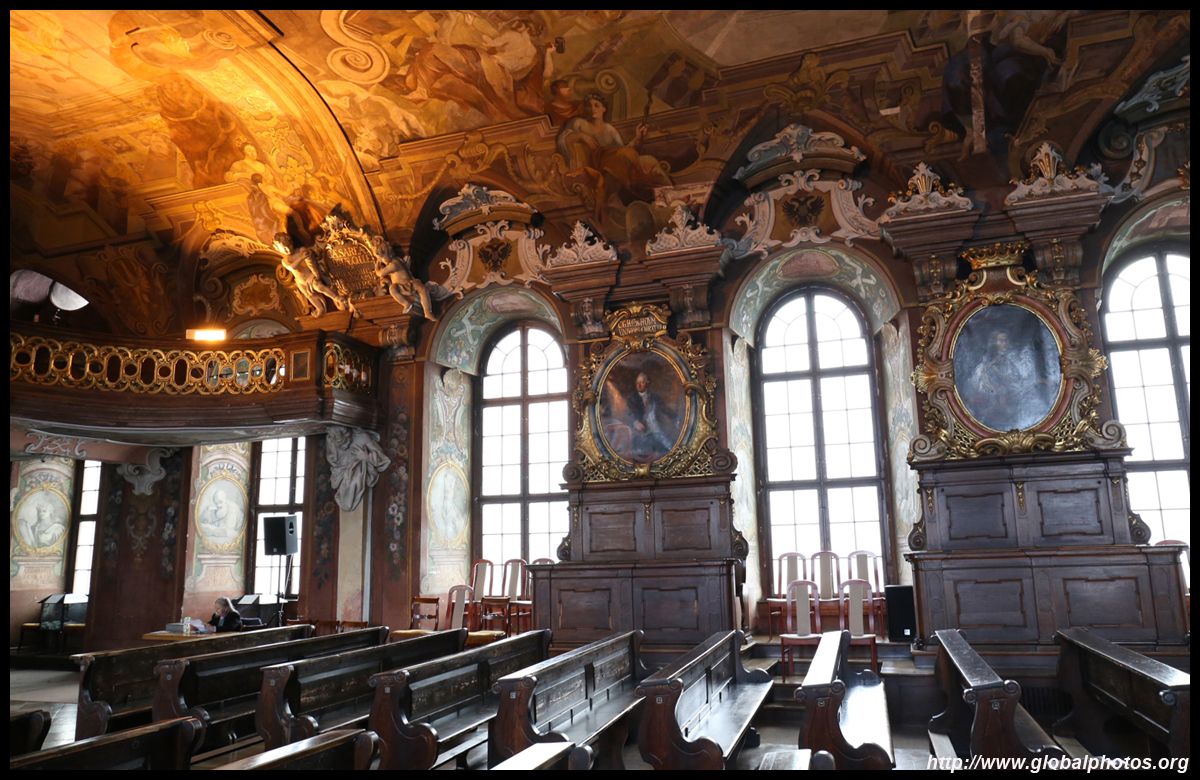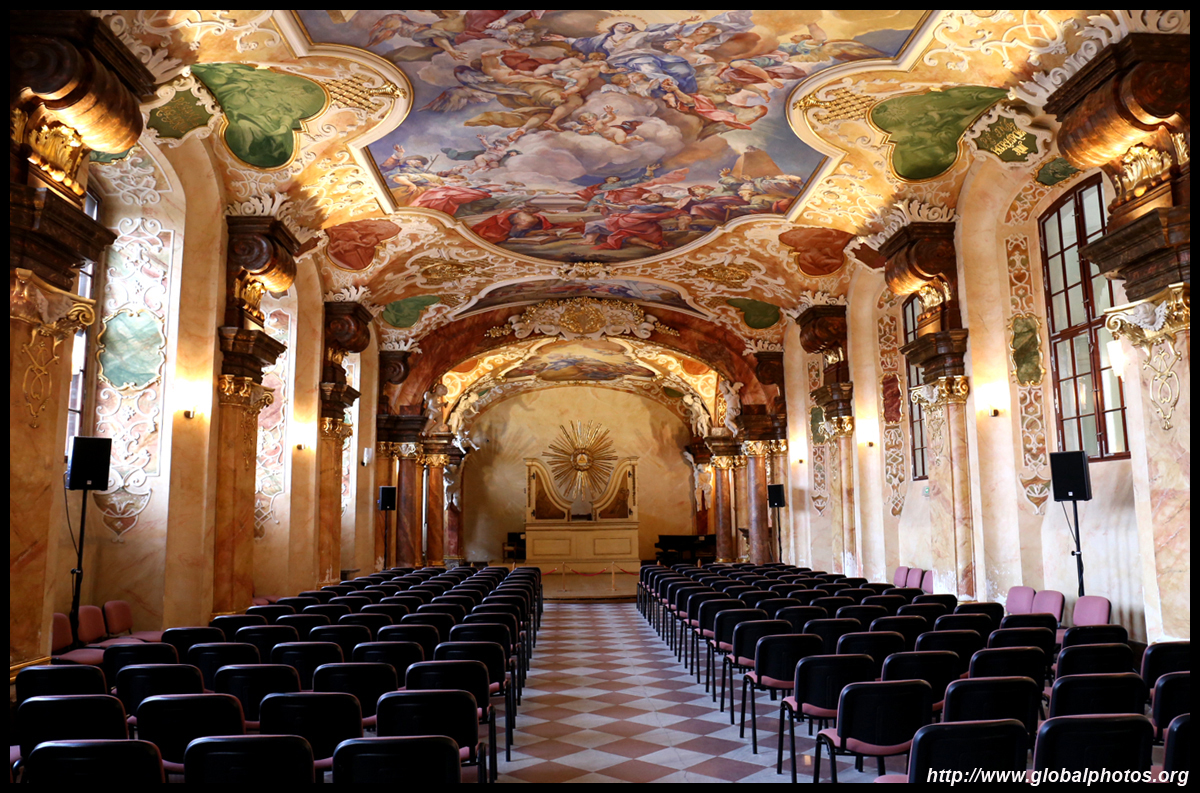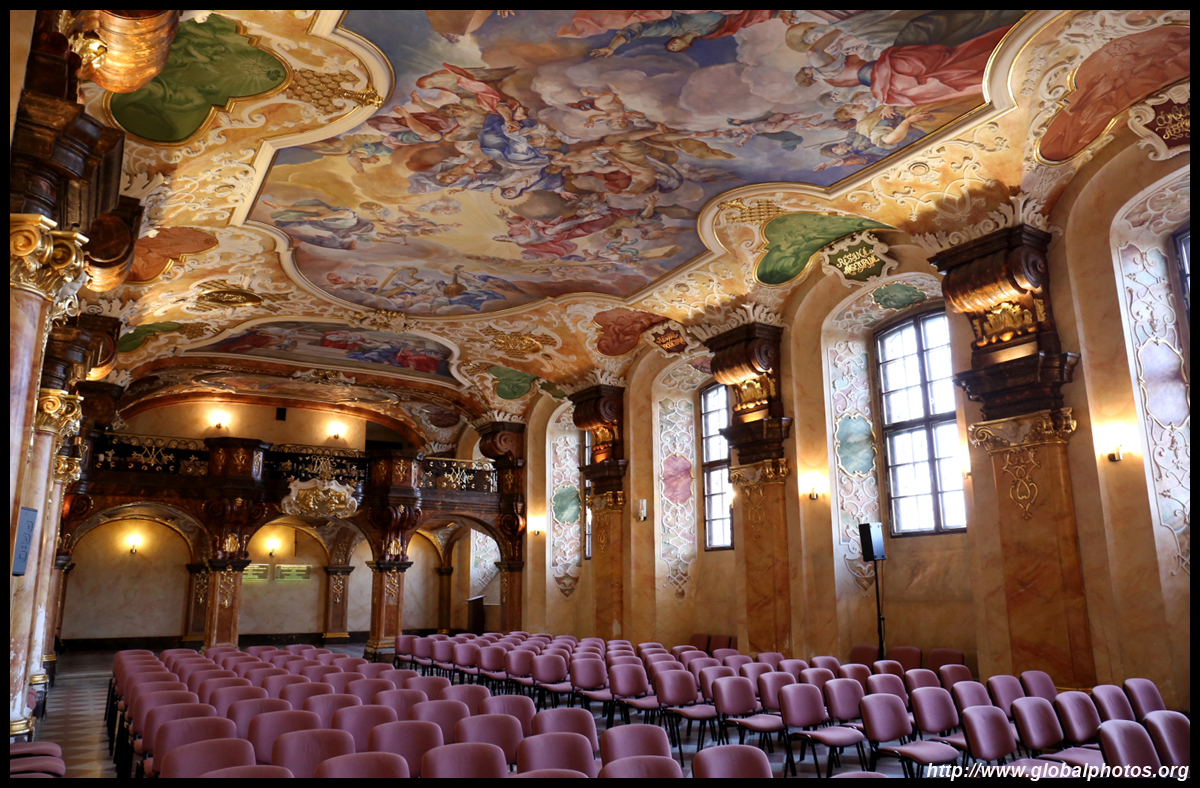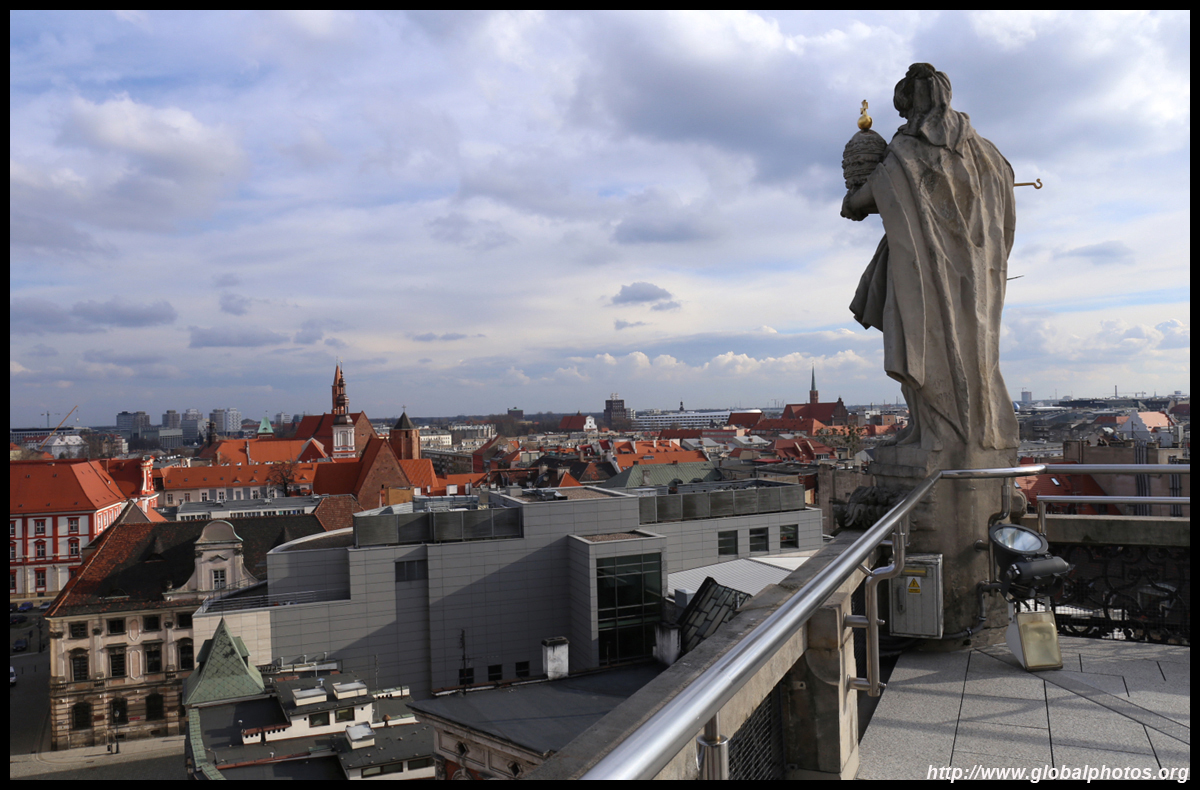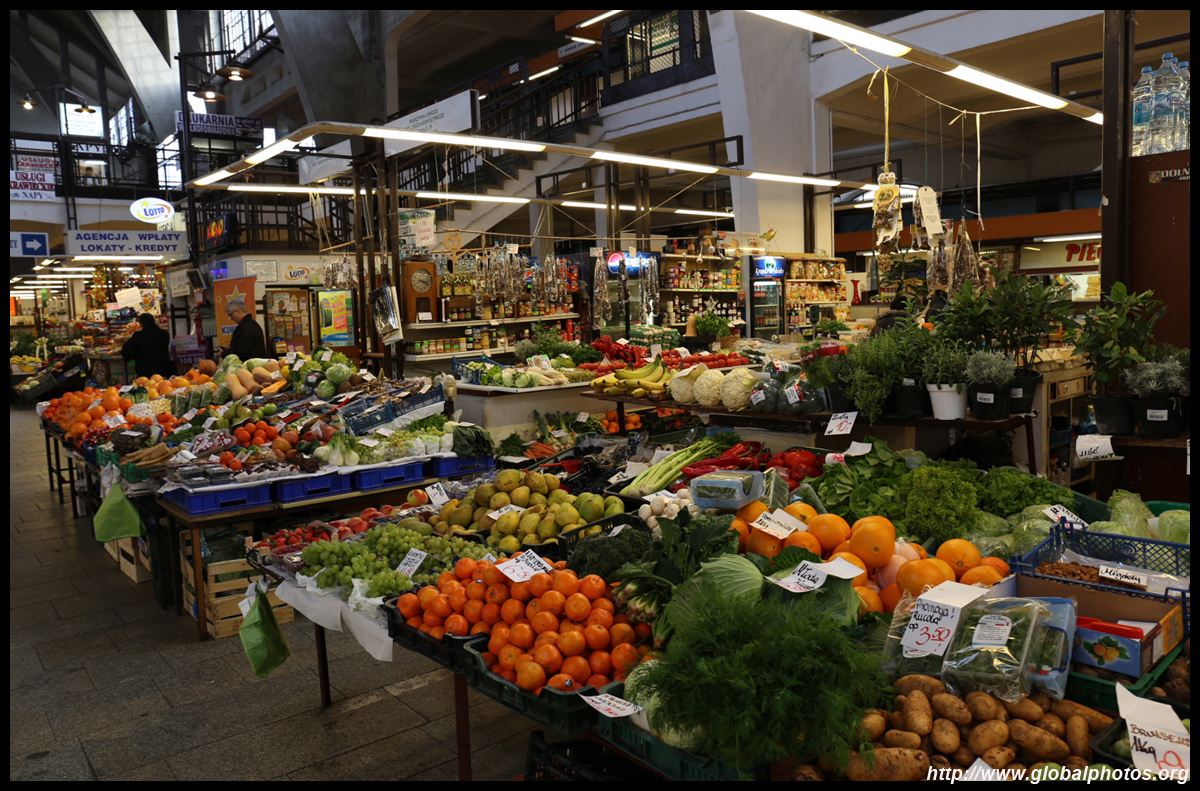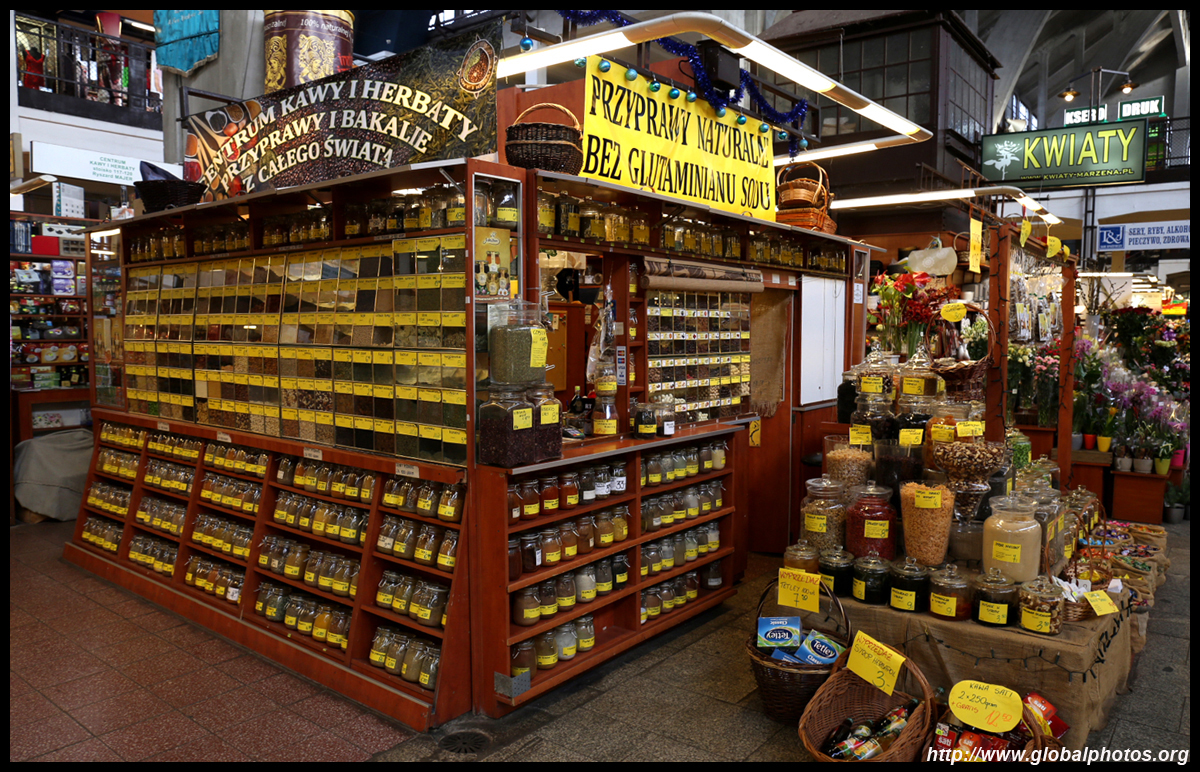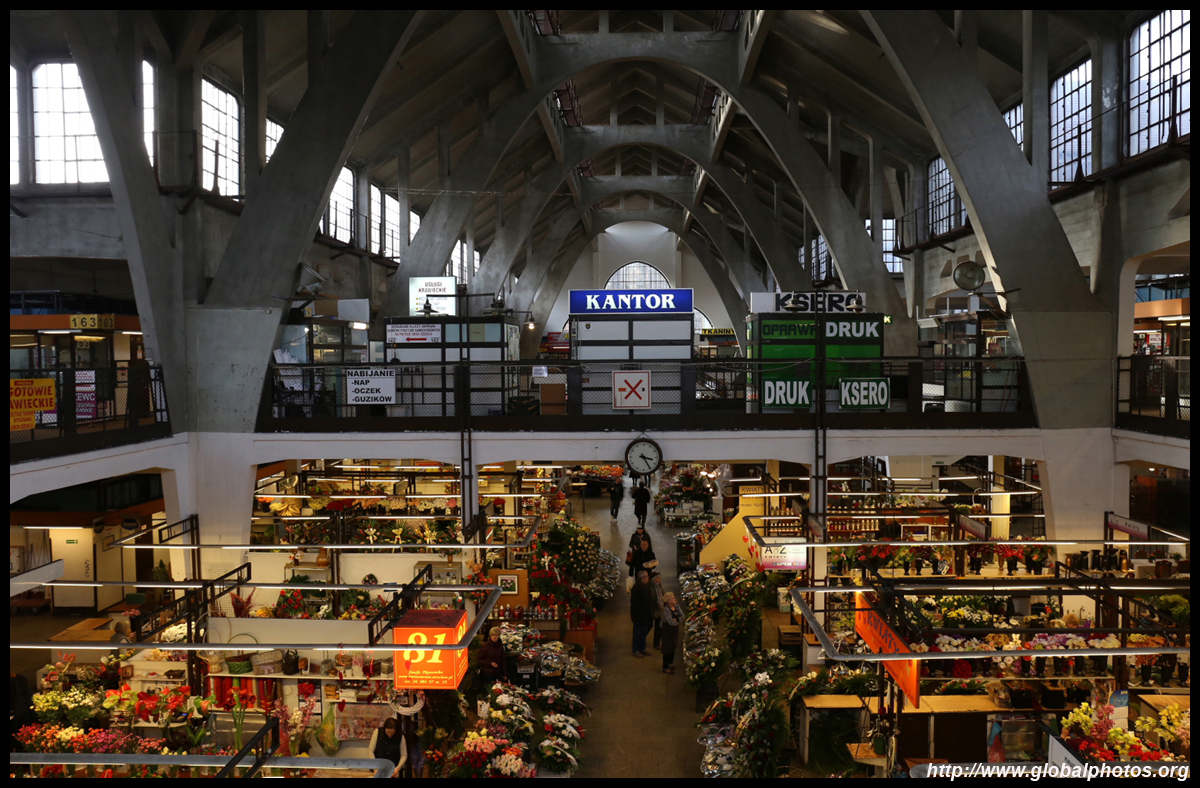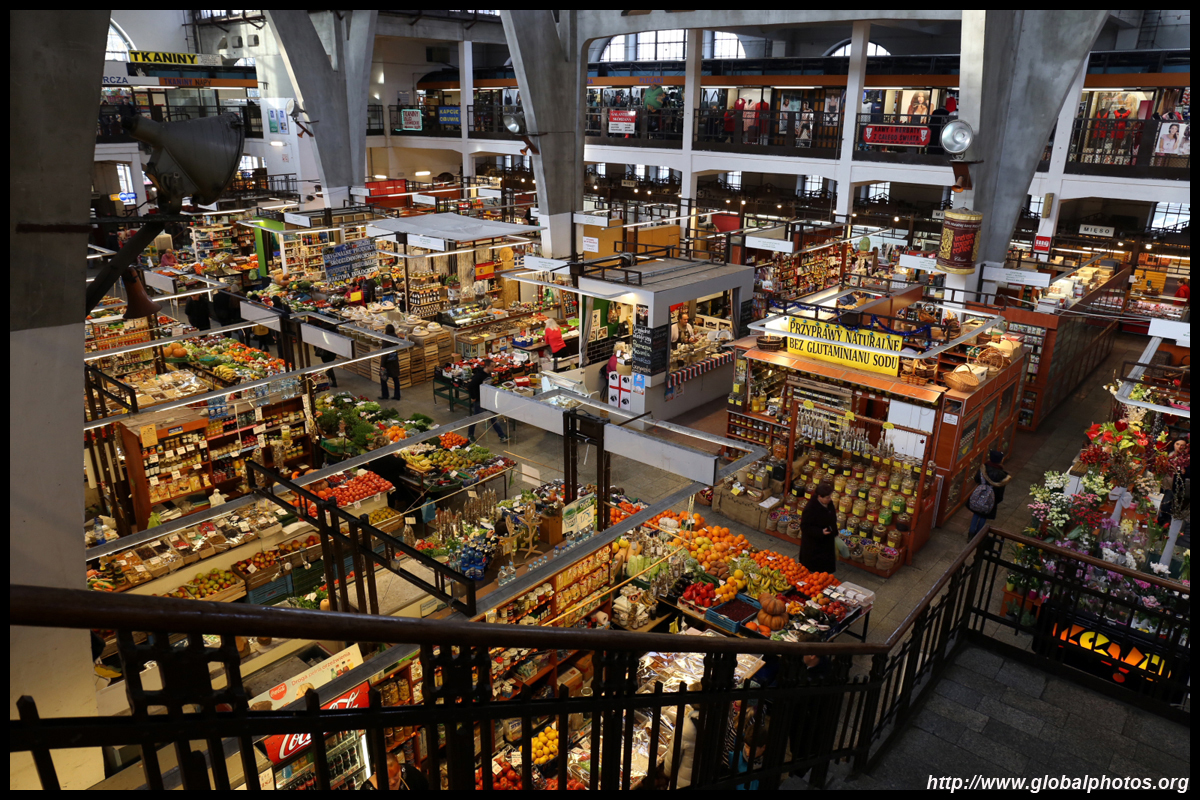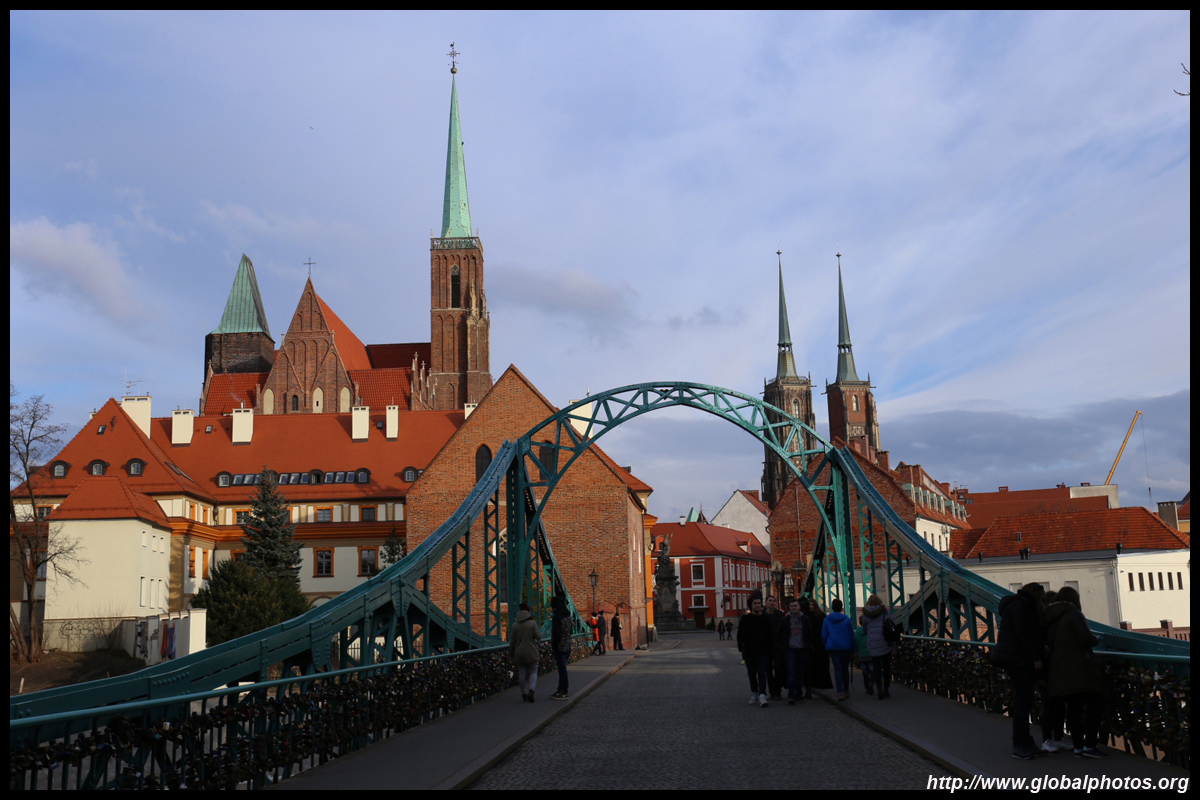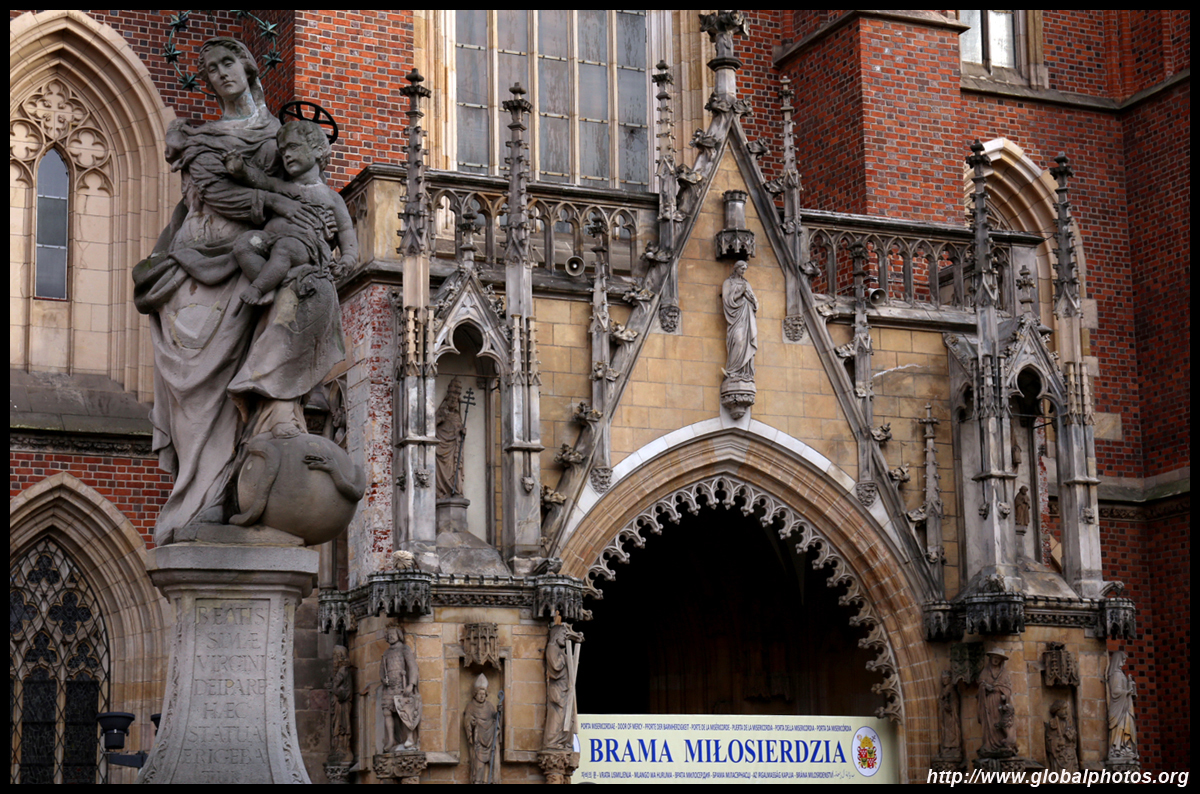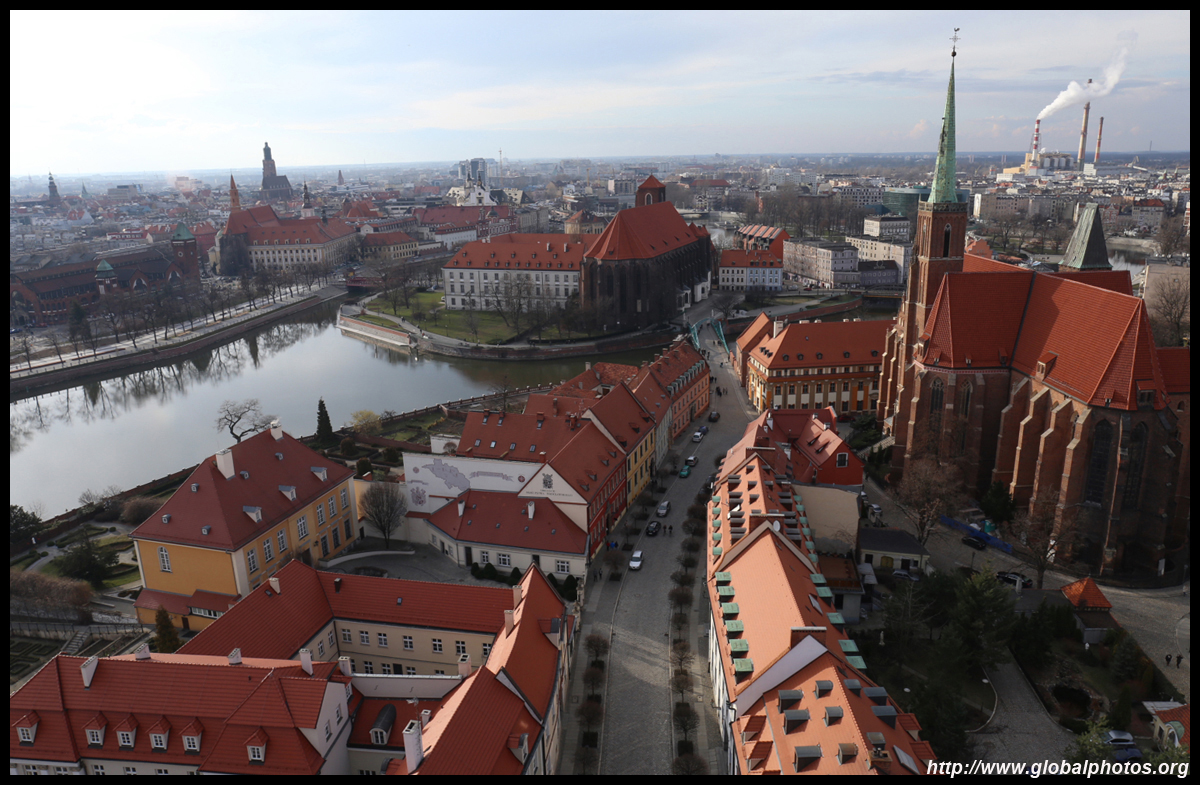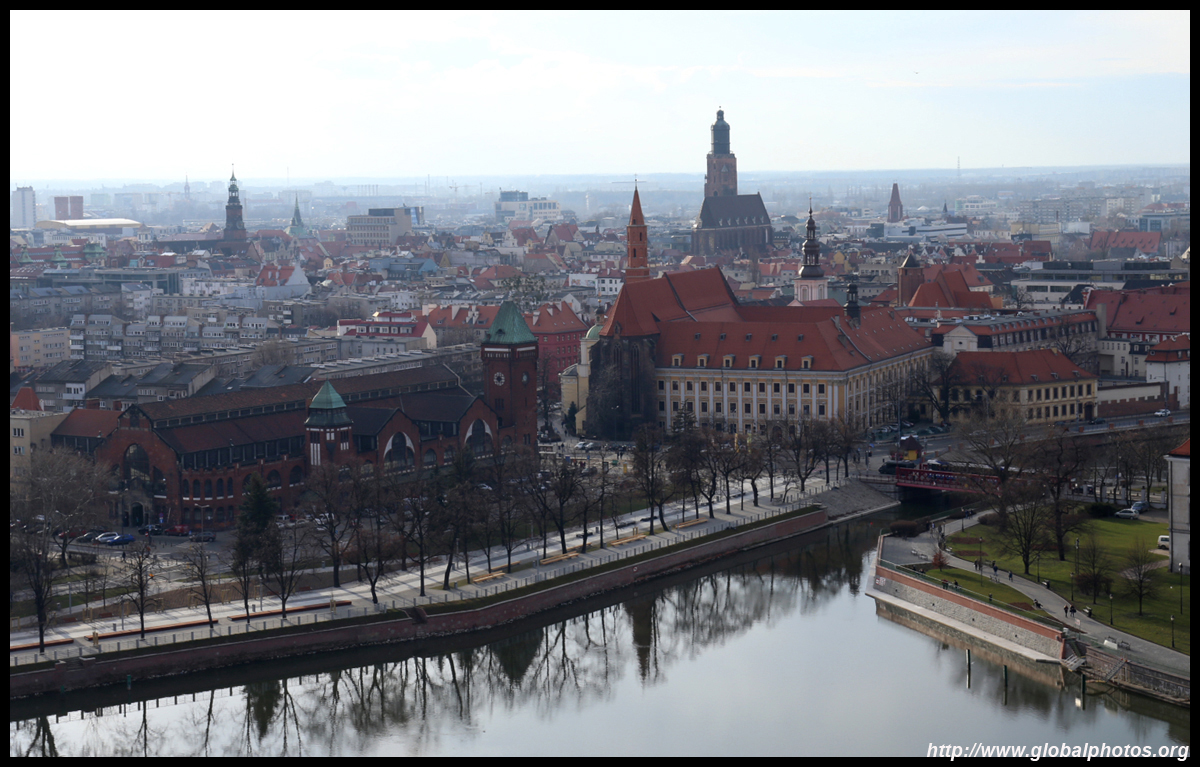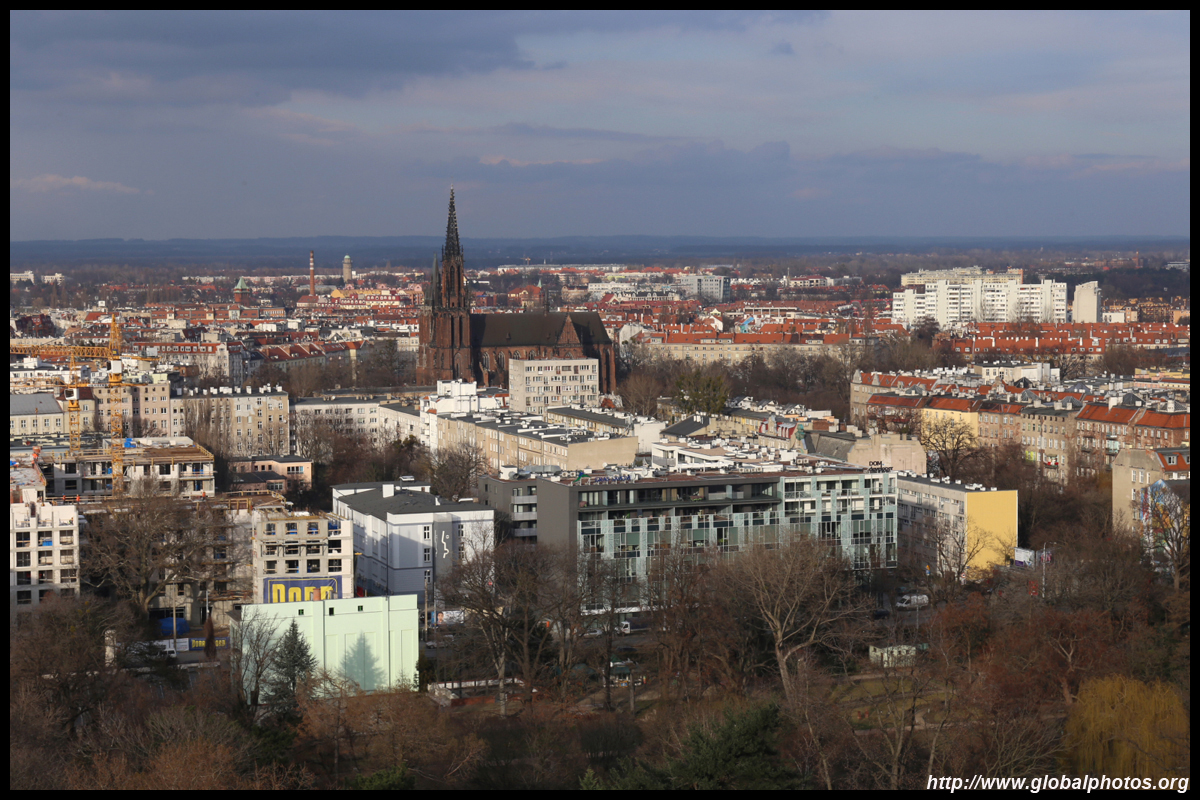Wroclaw Photo Gallery
Wroclaw of today is a reconstruction after the Mongols invaded in the 13th century. It grew to become the 3rd largest city in the German Empire, and passed to Polish rule after World War II. Perhaps overshadowed by Warsaw and Krakow, Wroclaw is worth seeing. It is the 2016 European Capital of Culture.My day begins at the Water Tower, a 63m structure built in the early 20th century that looks medieval in design.
The tower is located outside the Old Town in a more middle class residential neighbourhood, but is easily accessible by tram.
| |
I wanted a panoramic view of the city, and found a 215m skyscraper with it. The Sky Tower's observation deck is only open at 30-minute intervals and visitors only have 30 minutes to enjoy the views from the 49th floor.
I expected commieblocks, and there were many of them. They weren't tall but were spaced out well. The city didn't feel very dense at all.
You can see the Old Town in the distance.
Similar to Krakow and Warsaw, the main train station is sparkling new.
| |
The Market Square was rebuilt after World War II and is immense. I ventured inside the Town Hall, which was originally built over a 250-year period from the 13th century, for an upstairs peek of the meeting spaces and exhibitions.
| |
It takes quite a brisk walk to traverse the length of the square. However, a widened public space extends on the other 2 sides so this "square" seems much bigger than the maps show.
This monstrosity modern building really wrecks the atmosphere.
| |
Next to this square is a 24-hour flower market in a small Plac Solny. This smaller square was once the market for salt, leather, and honey.
| |
The Royal Palace has changed from the Prussians' home to a museum.
| |
A section of the museum has re-created the royal apartments. Luckily, the tourist crowds didn't make it here and I enjoyed this space in tranquility.
| |
St. Elizabeth - you need to go up to enjoy the view!
The Sky Tower that I went up earlier is visible in the distance.
| |
With tired feet, I descended back to ground level and went through the other "extension" of the main square.
| |
Founded in the 17th century, the Baroque-syle University of Wroclaw building has elaborately-decorated halls and another observation deck on the roof. Admission is based on the number of rooms you would like to visit.
| |
Hala Targowa is an active grocery market with a second level offering perfect vantage points for photos.
| |
Accessible by crossing a few bridges from the Old Town, Ostrow Tumski, or Cathedral Island, is the city's historic religious centre.
The Cathedral of St. John the Baptist is the first brick building in Poland with construction starting in the 13th century. While the guidebook mentioned the observation deck is only open during the warmer months and dependent on weather, I was very surprised it was open on this sunny wintry day.
Wroclaw is a 3.5 hour train ride from Warsaw.
| |
To re-use these photos or notify of errors, please email me. Thank you.
